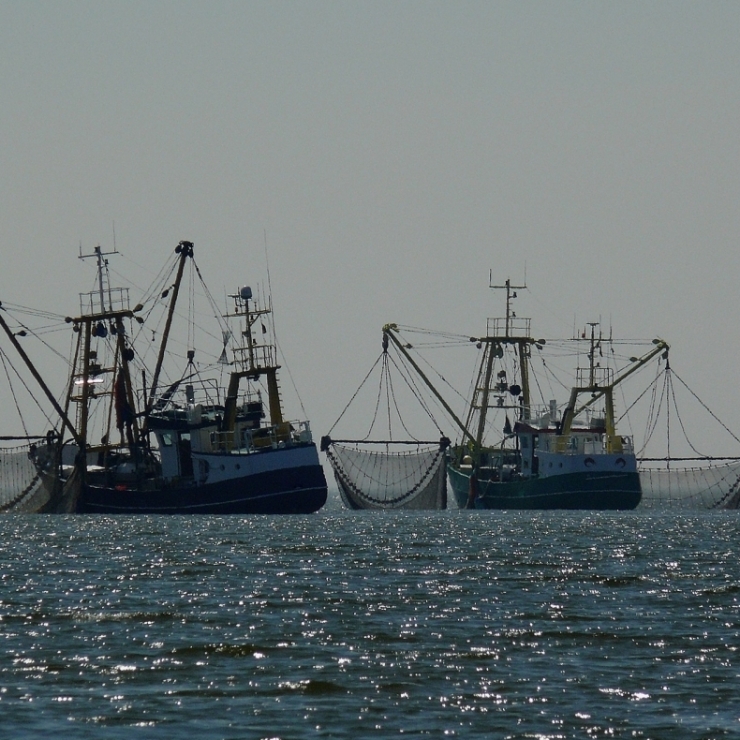The Woods Institute is now part of the Stanford Doerr School of Sustainability
All News
March 3, 2021 | Stanford School of Earth, Energy & Environmental Sciences
A new study provides the first global accounting of fluctuations in lake and reservoir water levels.
March 3, 2021 | University of East Anglia Communications
Among the dozens of countries that reduced their emissions 2016-2019, carbon dioxide emissions fell at roughly one tenth the rate needed worldwide to... Read More
March 3, 2021 | Stanford School of Earth, Energy & Environmental Sciences
Small-scale fisheries, which employ about 90 percent of the world’s fishers and supply half the fish for human consumption, are on the frontlines of... Read More
February 22, 2021 | Stanford Woods Institute for the Environment
Children exposed to air pollution, such as wildfire smoke and car exhaust, for as little as one day may be doomed to higher rates of heart disease... Read More
February 19, 2021 | Stanford School of Engineering
Urban Monterey and agricultural Salinas have developed a first-of-its-kind water recycling program that takes a sustainable approach to overcoming... Read More
February 18, 2021 | Stanford News Service
A new study reveals the lasting genetic impacts of increased isolation among different tiger subpopulations.
February 15, 2021 | Stanford Center for Ocean Solutions
February 9, 2021 | Stanford News Service
Stanford ecologists have conducted one of the most detailed and comprehensive analyses of plastic ingestion by marine fish and shown that the rate of... Read More
February 8, 2021 | Scope
Michele Barry writes about what low- and middle-income countries can teach high-income countries about how to respond to a pandemic.











